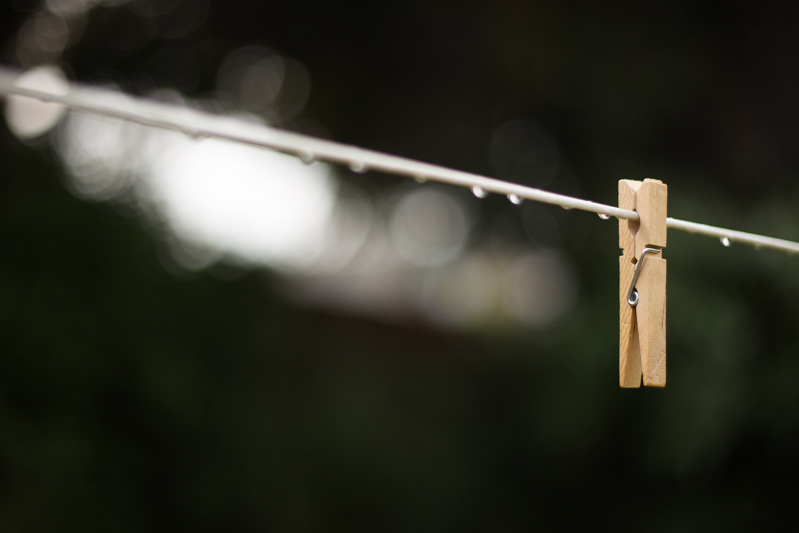Photography is a collaboration of the technical with the creative. Once you've negotiated exposure, and how to manipulate light to paint your photos, it's time to think about composition, or how you construct your photos and place your subject or subjects within the frame to create an image.
1. Pick your subject; tell your story
Before you raise your camera to your eye, you need to be certain of the story that you're trying to tell with your photograph. It might sound horribly airy-fairy, but every photo needs to tell a story. Without a narrative—or something to say to the viewer—a photo doesn't mean very much. If it helps, ask yourself 'What am I trying to convey?' whenever you go to take a photo.
As for how it helps with your composition, knowing the story that you want to tell will help you to determine how best to frame your shot, what should be the point of focus, and whether you're going to include lots of context or not so much. Deciding on your story and using composition to best tell it will make for a stronger, more compelling photo.
For the sake of an example, imagine that you're photographing a chef in a kitchen. If you were to take a sweeping shot with her in the middle of her kitchen, tossing a pan, and with flames roaring from the stove, your subject would be the chef whilst your story would be the frenetic activity and intensity of the kitchen. Or, you might choose to focus on her hands, slicing through some spring onions. The subject is still the chef, but the story is about her artistry and precision. One subject; two narratives.
2. Get closer… and closer still
You don't want the subject of your story to be an indiscernible dot floating somewhere in your photo. Your aim is for the viewer to look at the photo with a wide-eyed breath of 'Aha!' and a feeling that they're immersed in the photo, not a squint of confusion and detachment.
Of course, if the story that you're trying to tell is one that conveys how small the subject is against a vast background—a tiny wooden chalet in an Alpine valley, or the enormous dumper trucks that are dwarfed by the gargantuan super pit —then 'getting closer' doesn't seem to make a whole lot of sense. Try this: there should be nothing extraneous in the scene that detracts from the story. Everything should work towards the narrative.
3. Horizontal or vertical?
We're naturally disposed to shooting landscape format photos because our eyes are binocular, or side-by-side. (And to be fair, landscape photos work better when illustrating articles such as this.) But sometimes, swinging our cameras through 90° conveys a stronger story. If you're inclined to 'read' your subject from top-to-bottom, as opposed to left-to-right, give portrait format a go. Remember: trees, skyscrapers, and people go up; palaces and fields go across.
4. Rule of thirds
Centring subjects doesn't tend to do much for the dynamism for your photos; it can leave them feeling flat, dull, and uninspired. It might seem obvious to place your subject in the middle of the frame but with a few exceptions (symmetrical compositions and square crops) it's best avoided.
Instead, try to use the rule of thirds to help you position your subject in a more exciting, off-centre position. Divide your frame using two equally spaced horizontal lines and two equally spaced vertical lines.
The four points where the lines intersect are known as points of interest. Rather than aiming to put your subject in the central box, think about placing it on one those points of interest. If you've a strong horizontal line running across your frame, for example a skyline or horizon, aim to keep it away from the centre and instead place it on one of the tri-lines. It'll make a world of difference.
Across the heath
5. Leading lines
A well-placed line or two that points to your subject is more effective than a flashing neon sign screaming 'Look here! Look here!' These lines can be physical, for example a road leading to a mountain summit, or imaginary, such as someone’s line of sight urging you to look across the image.
You might find it a bit odd, going around deliberately looking for lines, but when you attune your eye to them, it comes naturally. You'll spot eye-lines, roads and road markings, spot lights, the stems of wine glasses, flowers, and lamp stands, and much more.
A world more of composition
There's a great deal more to composition than these five points. I've written an entire book on it, I should know. But these are your starting points. When you start to use them, you'll see the positive impact that they can have on your photos, which will hopefully inspire you to delve deeper and think about colour theory, patterns and repetition, frames, subject placement alternatives, and eventually into breaking those rules!
Exposure explained << I have a shiny new camera! Now what? >> Lightning fast introduction to lighting










